If you see cracks on your heels, you probably assume it’s because of dehydration or lack of moisture in your skin. However, in some cases, there could be other reasons why your skin is dry and peeling on your heels.
Bhaskar Health put together 6 unobvious reasons why you may be getting cracks on your heels. And at the end of the article, you’ll find out about a foot soak that can help you get rid of this problem quickly.
6. Extra weight
Why:
Your feet carry the weight of your entire body. So when you gain extra weight, it increases the pressure on the fat pads under your heels. In this case, your heels are forced to expand sideways to support more weight. And if your skin lacks moisture, it gets cracks.
How to fix it:
You can calculate your ideal weight here — always keep it within the “normal” range. Also, take into account that diabetics tend to have cracked heels, so check your blood sugar level regularly.
5. Lack of vitamins
Why:
Without some vital vitamins, minerals, and other nutrients, your skin just can’t function properly and becomes dry and thick.
How to fix it:
Add more foods rich in vitamins A, B3, C, E, zinc and omega-3 fatty acids into your diet.
4. Wrong shoes
Why:
Open-back shoes like flip-flops or sandals usually allow fat under your heel to expand sideways and increase the possibility of cracks on your heels. Ill-fitting shoes and thin soles can also give you cracked heels and heel pain.
How to fix it:
Wear shoes with a closed heel that give you the proper support. You can also talk to a podiatrist to make sure that your shoes are the right size.
3. Menopause
Why:
After menopause, some women tend to have “acquired keratoderma,” a condition that might lead to cracked skin on the heels and other parts of the body.
How to fix it:
To get rid of cracks on your heels, you can try applying estrogen ointments topically, but don’t forget to consult your doctor first.
2. Standing for too long
Why:
Standing for a long period of time, especially on hard or wooden floors, can put additional pressure on your heels and stress on the skin in this area.
How to fix it:
Try to avoid standing for too long. If that’s not possible, do some simple exercises to redistribute the pressure from your heels from time to time.
1. The wrong shower routine
Why:
Taking long, very hot baths or showers is not a good idea because water on your feet can take away natural oils from the skin and leave it feeling rough and dry. Besides that, harsh soaps and detergents can damage the natural skin barrier.
How to fix it:
Always use warm water when taking a shower, limit your time in a bathroom to 5-10 minutes to avoid more moisture loss, wipe your feet with a towel after washing them, and be sure to apply a moisturizer. It’s also better to avoid harsh soaps or scented skincare products.
Bonus: A foot soak to heal your heels
A Listerine foot soak can soften the dead skin on your heels and make it easier for you to scrub it off. Listerine is also an antiseptic that soothes the skin because of the phytochemicals in it like menthol and thymol it contains.
What you need:
- 1 cup of Listerine
- 1 cup of white vinegar
- 2 cups of water
What to do:
- Mix Listerine, white vinegar and water in a basin.
- Place your feet in the mixture and soak them for 10-15 minutes.
- Take your feet from the basin and gently scrub your heels with a pumice stone.
- Rinse your feet with warm water and dry them with a towel, then apply moisturizer.
Do you have cracked heels? What methods do you use to fix them? Share your experience with us in the comments!


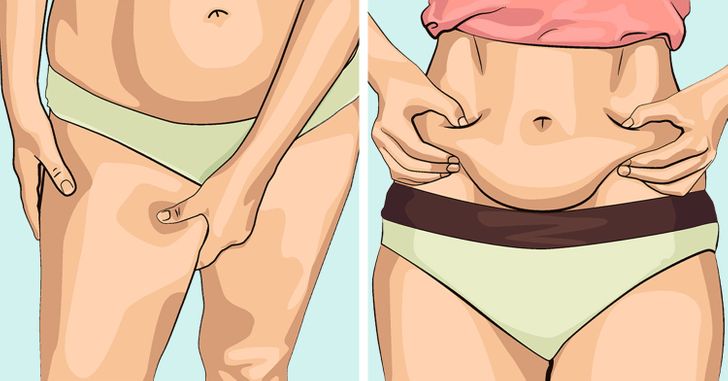
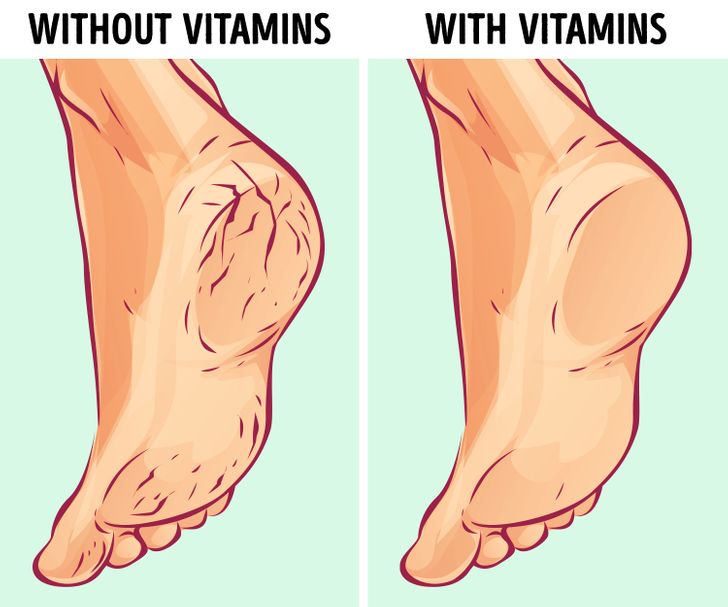
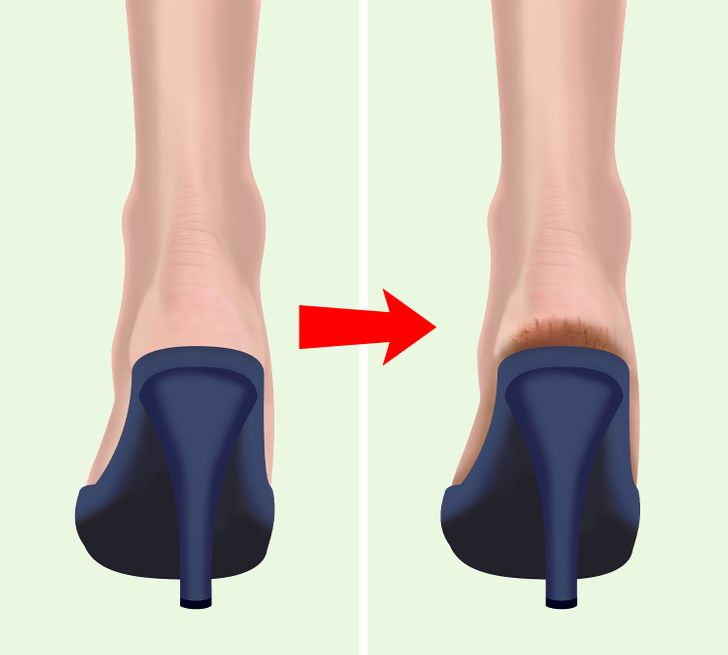
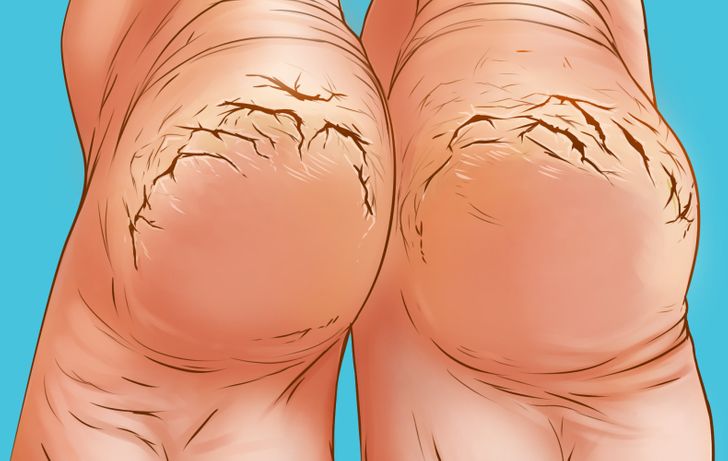
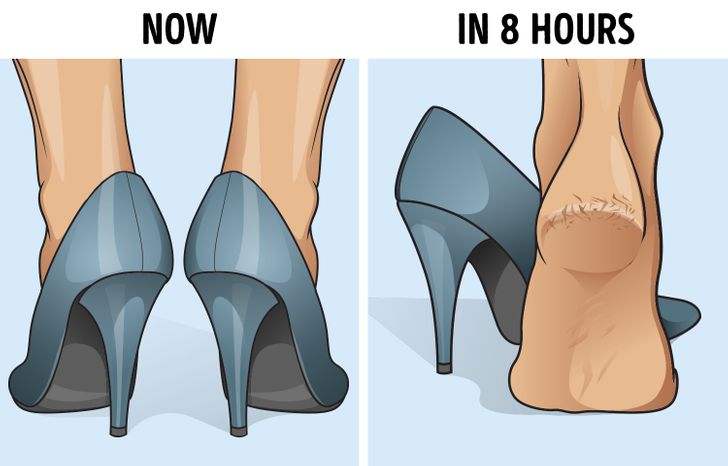
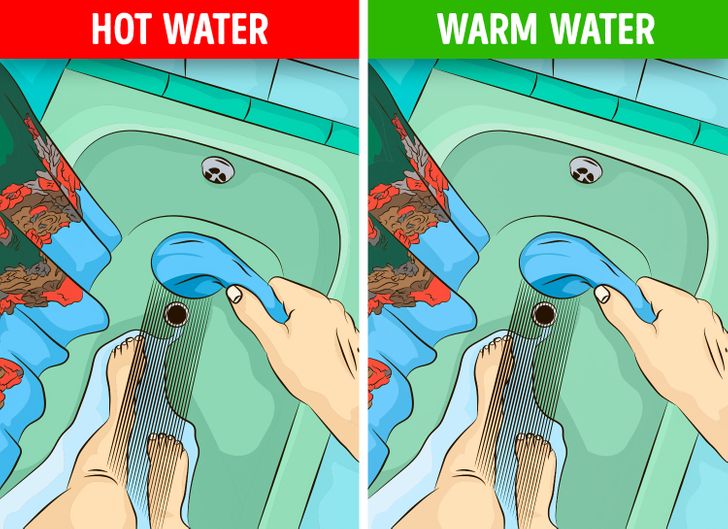
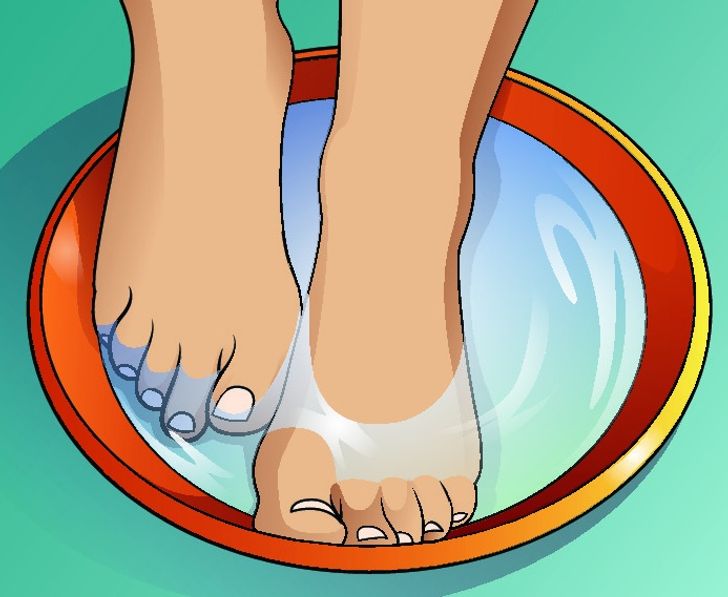
0 Comments